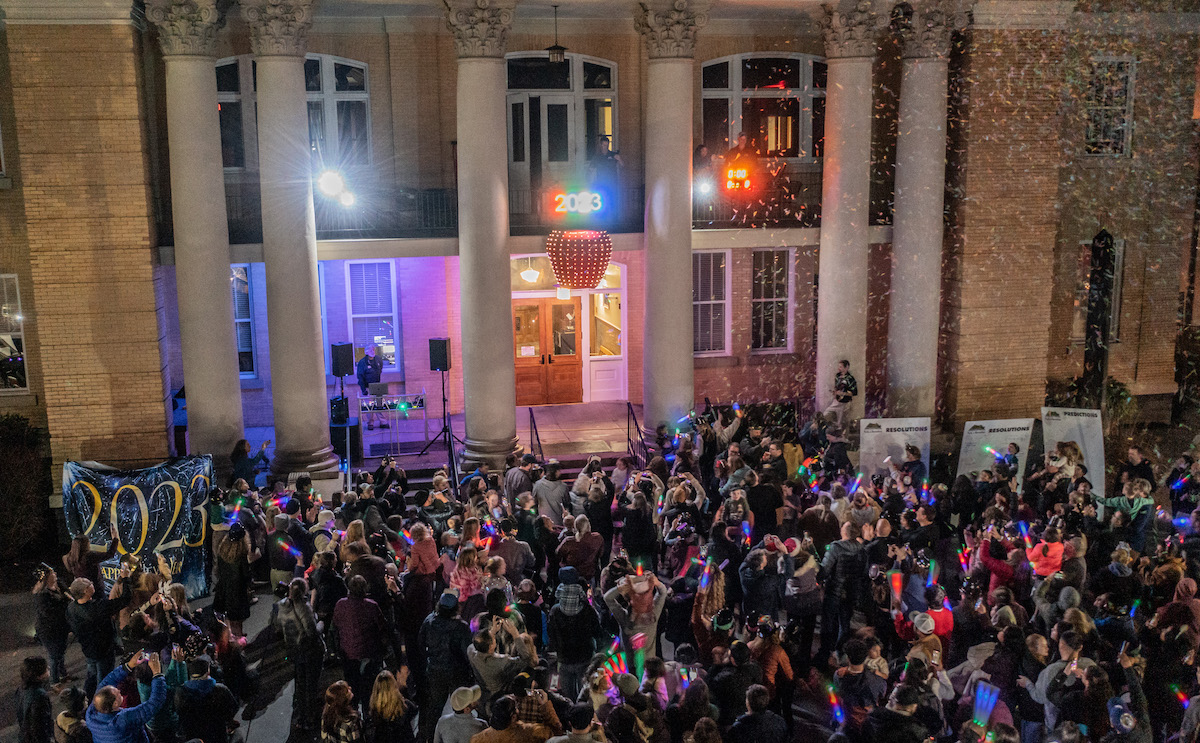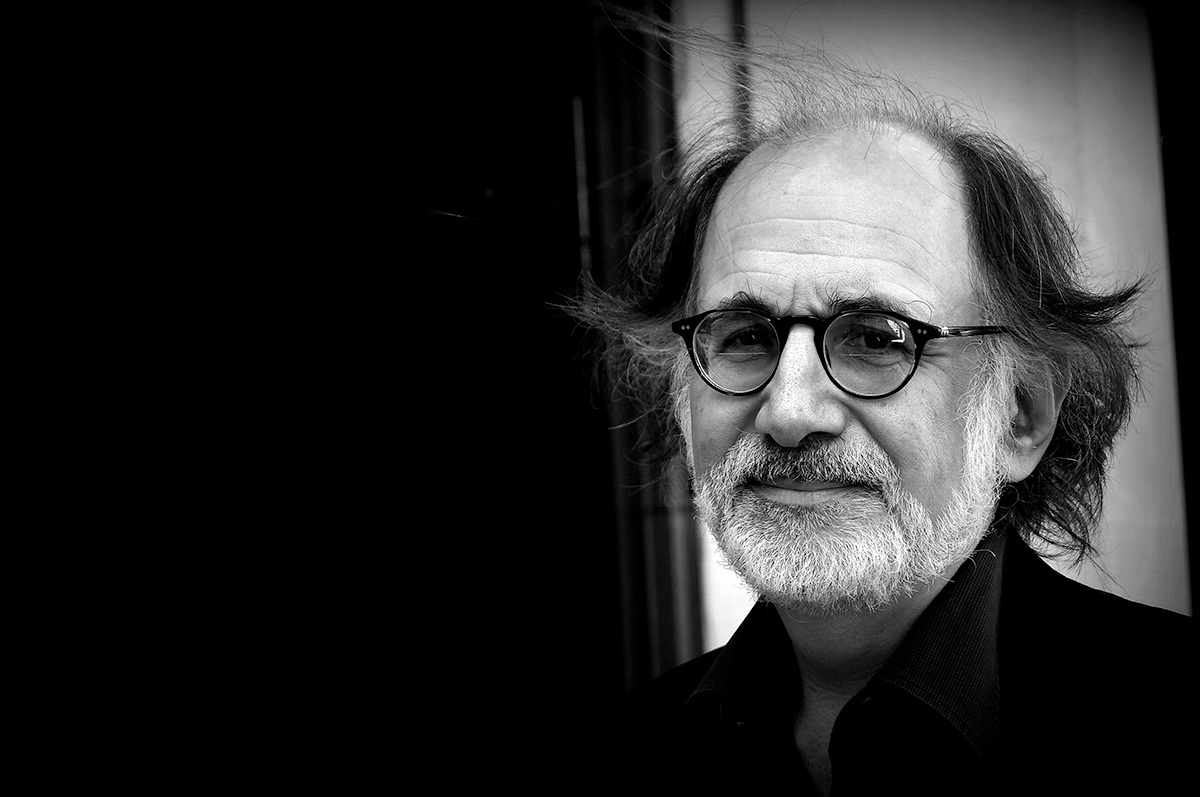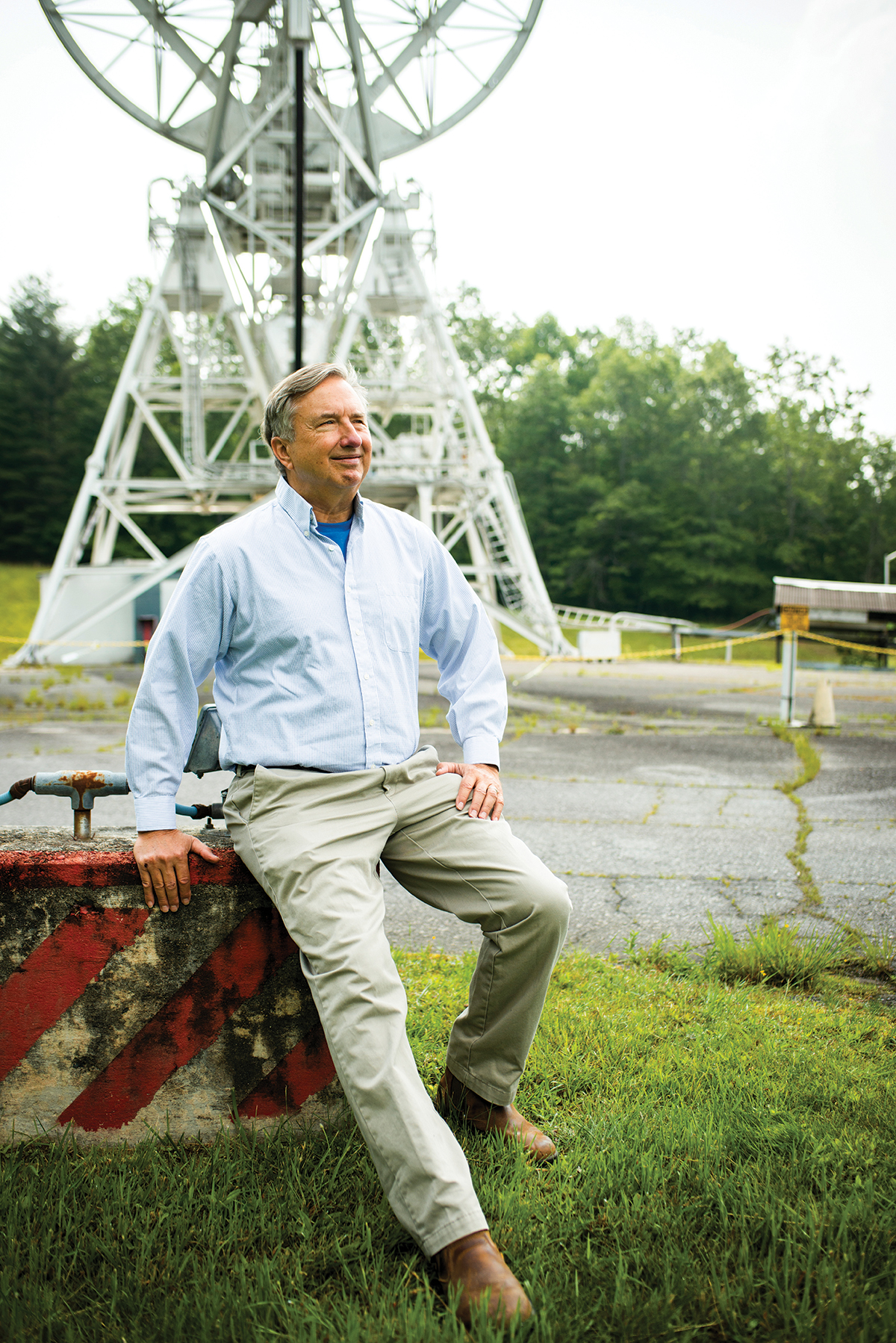Plains-born painter brings unique shadows to the pastel medium

Brian Kuehn captures that retro feel.
Portrait by Karin Strickland
Mandan, North Dakota, whose 20,000 souls live along the western banks of the Missouri River, had one claim to fame during Brian Kuehn’s childhood there: as the departure point for George Custer and his ill-fated encounter at Little Big Horn. Kuehn, descended from German immigrants to the vast Midwestern plains in the late 19th century, absorbed early on the stories of his forebears’ gritty struggles — stories that have come to life in his striking pastels, reminiscent of Depression-era public art tied to the New Deal and the Works Progress Administration.
“It’s true that I’m drawn to images from the 1930s,” says Kuehn, referring to the portraits and landscapes that are born in the Pisgah Forest studio he shares with his wife Diane, a textile and clay artist.

Wildflowers
“The expressions on people’s faces tell such a story and have such emotion, I really try to capture that.” Portrayed with bold strokes and great depth of color, captured from unusual angles and perspectives, Kuehn’s farmers, housewives, and field workers toil against a landscape of idealized fields and gentle hills.
But his canvases evoke much more than the semi-abstract work of, say, fellow Midwesterner Grant Wood, for Kuehn was a child of the late 1960s and early ’70s Pop Art scene, ubiquitous enough to have reached every corner of America. He mentions the influence of Peter Max, whose bright psychedelic imagery is visually synonymous with the era. Later, though, he embraced 19th-century painter and printmaker Winslow Homer, known for his evocative seascapes. “So mix those two completely different artists together, along with my Midwest upbringing, and I guess you get my art,” Kuehn says.

Blue Ridge Autumn
Inspired to a career in the arts by his parents and supportive art teachers during his public-school years, Kuehn eventually arrived in Denver at the Rocky Mountain School of Art and Design, where he refined his drawing and sketching skills. “I was very fortunate to study under some amazing artists who could capture the human form and a pose with just a few strokes of a charcoal stick,” Kuehn remembers. “So even though my paintings are much more worked than a quick sketch, I still try to keep that fresh, sketchy feel.”
Even more influential was Kuehn’s 40-year career in graphic design, working at first for a number of design and advertising agencies in Denver and San Francisco and later as a freelancer designing everything from ski-industry brochures to corporate annual reports before devoting himself full time to his art in 2018. “My illustration style was greatly influenced by the old poster illustrators, and always had a retro feel,” Kuehn notes, “and I think in a way my pastel paintings are influenced by that style [too] — the bold lines and close cropping, and so on.”

Apple Girl
This is most evident in Kuehn’s Apple Girl, a tightly framed portrait in which the subject’s face is only partially revealed in the upper right, opposite a basket of apples, also partly cut off, in the lower left. The rest of the composition is filled by the girl’s upper body and her luxuriously plaited braid running the length of the frame. The effect is intimate and emotionally engaging; the girl seems to gaze with pride at the bright red fruit.
“I definitely work more like a commercial illustrator than a traditional painter,” Kuehn admits. “Using interesting and dramatic compositions is a big part of it. After years of art-directing photographers and illustrators, it’s rubbing off on my own work. For instance, if I’m painting a person and the eyes are where the story is, then I will crop in tight and show less background, so you can really focus on those eyes. Or I’ll use extreme vertical or horizontal formats to create a more dramatic effect.”

Three Generations
Underlying the striking depth of Kuehn’s palette is the black textured surface, made by applying a dark sanded primer on heavy white illustration board. “Several layers of pastel are applied, which gives the depth of color, and the black background really helps illuminate the colors,” the artist explains. “I really push the full spectrum of lights and darks, and I’m not afraid to use black if needed.”
Although Kuehn has worked in watercolor, collage, and digital art, he devotes himself entirely now to work in soft pastel, producing a visually striking style in a medium often associated with more delicately rendered compositions. “My work is always evolving,” Kuehn says, “and will continue to do so.”
Brian Kuehn, Pisgah Forest. Kuehn’s work is represented at Red Wolf Gallery (8 East Main St., Brevard, redwolfgallerync.com) and sold online through his website, briankuehnstudio.com. Kuehn will vend at Hendersonville’s Art On Main in late September. Studio visits by appointment: kuehndsn@comporium.net.



